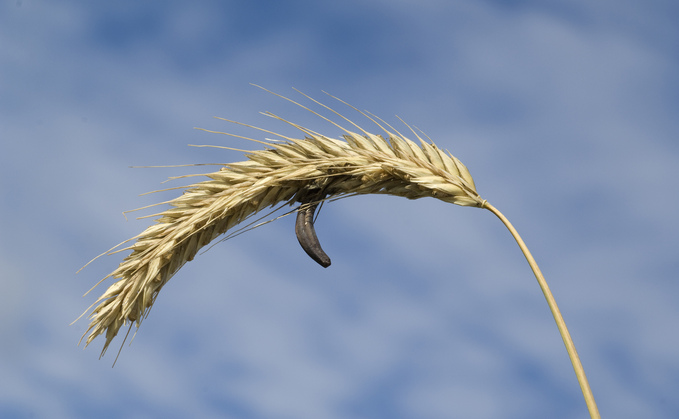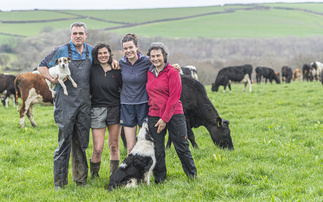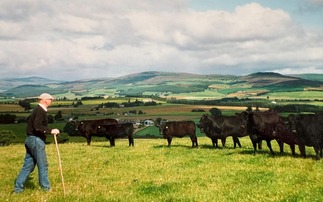
Grass-weeds within crops are thought to be the primary source of ergot infection
Management guidelines for ergot are to be updated following a surge in the prevalence of ergot in UK grain supplied for processing in recent years. This increase has coincided with a reduction of ergot...







.png)





